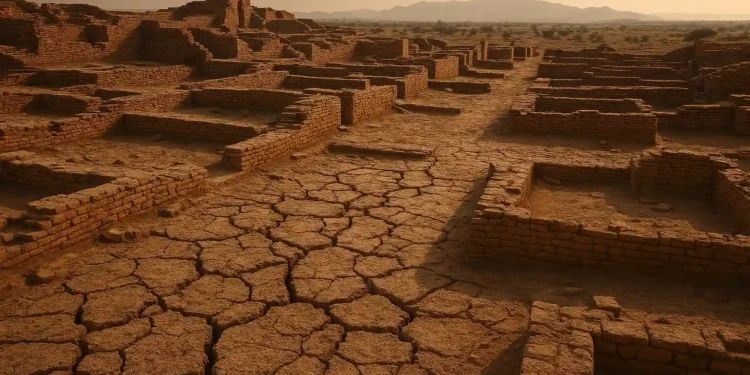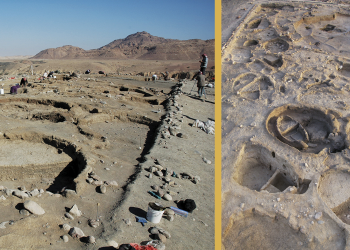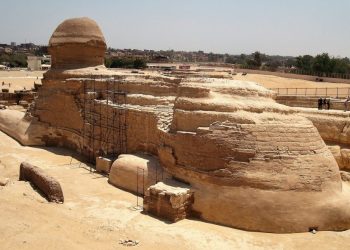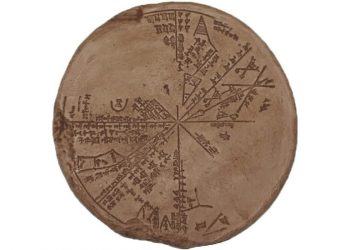The collapse of the Indus Valley Civilization is one of the oldest mysteries in human history — but evidence suggests that climate change (yes, you read that right) played a central role. More than 4,000 years ago, shifting monsoon patterns weakened the very water systems that had sustained this vast and advanced society for centuries. What followed wasn’t a dramatic fall, but a slow and steady migration away from once-thriving cities — a story of adaptation to a changing climate that still echoes in our world today.
At its height, the Indus Valley Civilization stretched across more than a million square kilometers, covering parts of what is now Pakistan, northwest India, and Afghanistan. It was one of the world’s first urban cultures — a Bronze Age society that built advanced cities like Harappa and Mohenjo-daro, complete with grid-planned streets, drainage systems, and standardized bricks. It is hard to beleive that eventually, history would see the collapse of this great civilization.
The civilization thrived along rivers fed by the summer monsoon. These annual floods were both predictable and essential, replenishing the soil and enabling large-scale agriculture. But this delicate balance was always at the mercy of climate — and eventually, the climate began to shift.
When the rains stopped, the collapse of the Indus Valley Civilization began
Geological and sedimentary evidence now shows that around 2100–1900 BCE, monsoon rains began to weaken. Year by year, the great rivers started to shrink. Canals and fields dried out. Agriculture faltered. This kickstarted the collapse of the Indus Valley Civilization.
Instead of a dramatic collapse, what followed was a slow reorganization. People began to abandon the large cities, migrating toward the foothills of the Himalayas and the Ganges Basin. There, winter rains from Mediterranean storms provided a more stable source of water — enough to support farming, but not enough to sustain cities on the same scale as before.
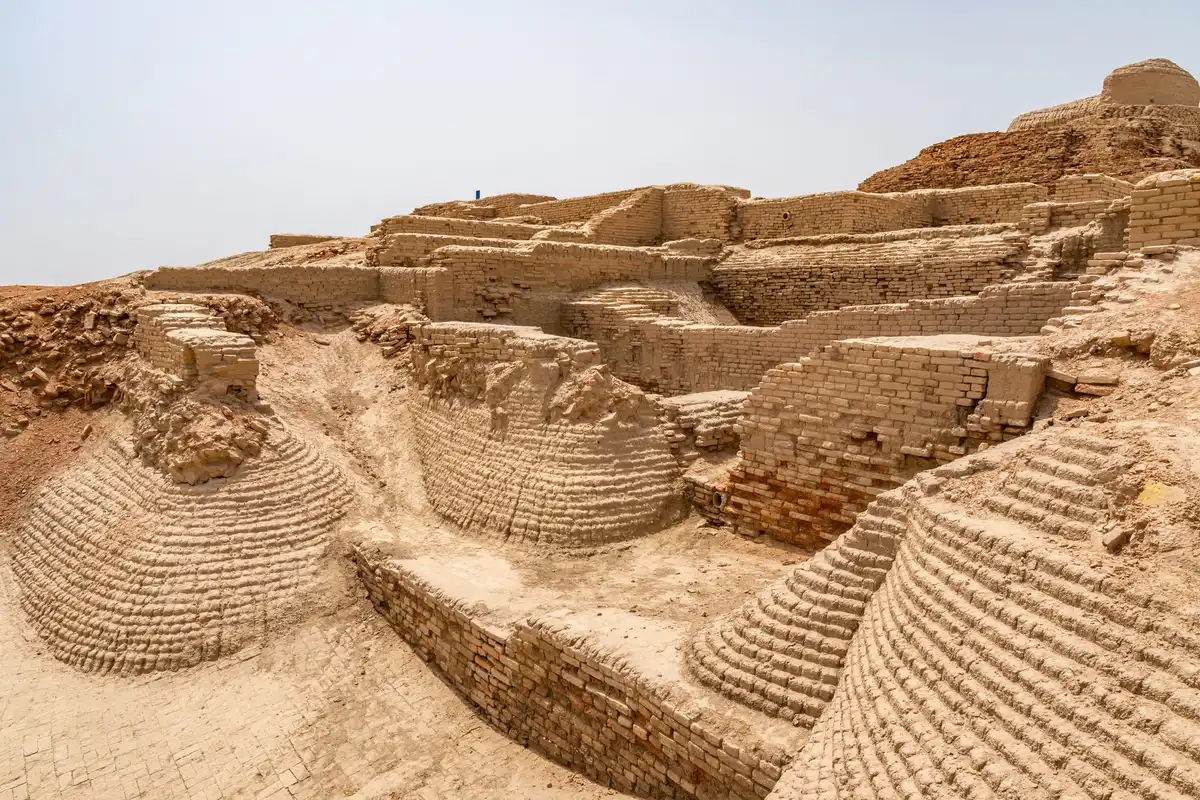
In this new world, smaller villages replaced sprawling urban centers. Trade declined. Writing — which has never been fully deciphered — gradually disappeared. Without monumental architecture or centralized control, the civilization transformed into something quieter, simpler, and more localized.
Not an exact collapse of the Indus Valley Civilization, but a transformation
It’s tempting to view the collapse of the Indus Valley Civilization as a failure. But the archaeological record tells a more nuanced story — one of adaptation. Rather than resist a changing climate, people moved with it. They adjusted their way of life to fit new conditions, trading the scale of empire for the resilience of smaller communities.
In some ways, this may help explain why the story of the Indus Valley Civilization is harder to trace than those of ancient Egypt or Mesopotamia. There are no grand inscriptions recounting victories, no monuments to fallen kings, and no clear signs of invasion or collapse. Instead, what we see is a gradual shift — a society that responded to environmental pressure not with resistance or war, but by adapting.
As monsoons weakened and river systems changed, people slowly left the cities they had built and restructured their way of life to fit a new landscape. It wasn’t a dramatic fall, but a quiet transformation in a world that was no longer the same.
Lessons from the ancient climate crisis
To many researchers, the story of the Indus Valley isn’t just about the past — it’s a glimpse of where we might be headed. The collapse of the Indus Valley Civilization can tell us a lot about our future.
The same environmental shifts that once forced people to leave their cities are happening again. Droughts, rising seas, and unpredictable rains are already reshaping lives in parts of Africa, the Middle East, and Asia. In the years ahead, millions more could be on the move, not unlike what happened thousands of years ago.
The collapse of the Indus Valley civilization is a reminder that civilizations depend on more than just innovation or power — they rely on the stability of the world around them. And when that balance changes, survival may depend on how well we adapt.



